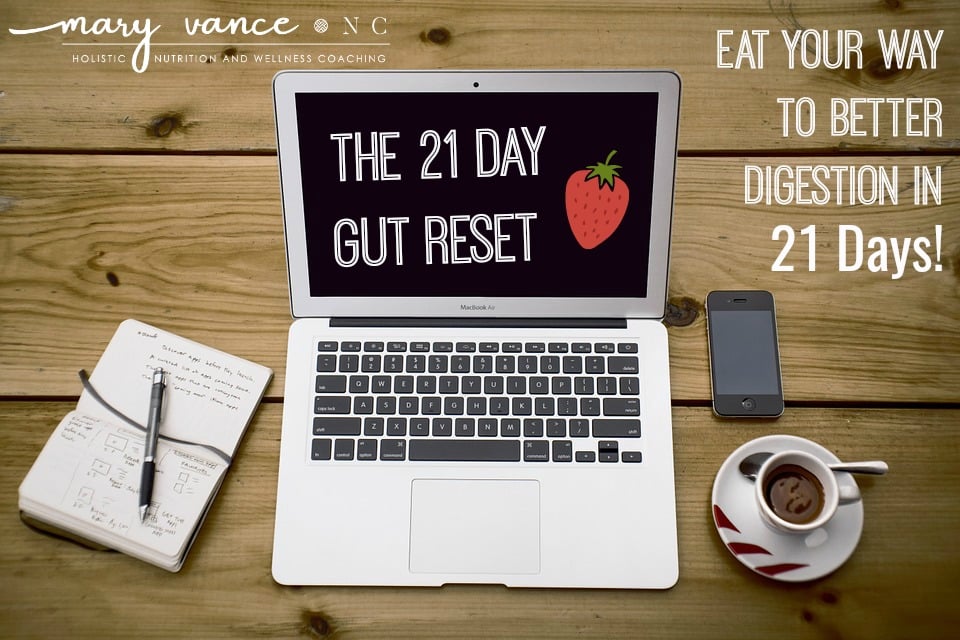More than ever before we’re exposed to potentially harmful blue light via the numerous devices we stare at for hours each day. Blue light is emitted from devices we use daily and can adversely affect eyesight and even raise cortisol levels at night which can prevent you from getting restorative and restful sleep.
In this day and age, we have incorporated digital devices into our everyday lives. While these devices offer us convenience, new ways to connect with friends and family, and entertainment, they may also be harming your eyesight and sleep cycles. In addition to several other best practices for your eye health, read below to learn more about the negative effects of blue light that is emitted from digital screens and the simple things you can start doing to protect yourself.
What Is Blue Light?
Each color of light in the visible spectrum has differing amounts of energy and wavelengths. Red light has longer wavelengths. On the other end of the spectrum, there’s blue light, which has a higher concentration of energy and shorter wavelengths. (source)
Sunlight, which contains all colors of the visible spectrum and is called white light, is our biggest source of blue light. That’s not necessarily a bad thing during daylight hours, as it helps regulate circadian rhythms and increases energy, alertness, and cognitive function.We also get blue light from the following modern devices and household items:
- LED lights
- Fluorescent lights
- Compact fluorescent light (CFL) bulbs
- Computer, smartphone, television, and tablet screens
Chances are that you own a television, computer, tablet, smartphone, or maybe even all of the above. In fact, for many of us, it may be hard to picture what our lives would look like without this type of technology. Based on how close we hold our digital devices to our faces when using them, it is important to understand that electronic devices may damage your eyes. Blue Light Exposed explains that because blue light wavelengths are shorter high energy wavelengths, overexposure to artificial blue light can affect the clarity and sharpness of your vision.
Considering that eye health is extremely hard to regain once the damage is done, understanding the symptoms that occur from too much blue light exposure can help you better navigate which preventative steps you should take.
Blue Light Hazards
A notable side effect of blue light exposure is digital eye strain (or sometimes called computer vision syndrome). If you have felt your eyes become tired, dry, or blurred from staring at a screen for an extended period of time, there’s a good chance that you are experiencing digital eye strain. This type of eye condition can even lead to headaches, migraines, neck, or shoulder pain. The Mayo Clinic explains that there are no long-term consequences following digital eye strain, but it can be uncomfortable and unpleasant to experience.
Our eyes don’t do a great job of blocking blue light on their own. So when this type of light passes through the cornea and lens, that is where damage to the retina can occur. The retina is a thin layer of tissue that is responsible for transmitting signals to the brain as an image, making it a highly important part of the eye. Because blue light is almost invisible in comparison to other light on the spectrum, it is easy to neglect just how much this light harms our eyes—more specifically in the long run. Over time, blue light exposure can damage the retina. Issues such as macular degeneration can occur, and can ultimately be a cause of blindness particularly later in life.
Not only does blue light have a direct impact on the eyes, but did you know that blue light can influence your body’s sleep cycle as well? Our daily internal clock is known as our circadian rhythm. And because our circadian rhythm relies on factors in our outside environment, signals such as artificial blue light can disrupt melatonin production and cortisol levels which prevent restful sleep. If you notice you are having a harder time falling asleep at night, this could be a result of your technology usage. Stop looking at your devices an hour prior to bed at night, and don’t read your phone before bed unless you are using blue blocking glasses like these.
How Can You Protect Yourself from Blue Light Side Effects?
It’s not realistic to completely cut out all digital device use, so taking proper precautions and investing in some wellness boosting habits can help greatly decrease the harm and side effects from this type of exposure.
A great place to start is to look into a pair of blue light blocking glasses. Because you might be spending more time than usual on your digital devices as a result of social distancing or are now logging extra time on your computer as a remote employee, look into finding lenses that have this protective technology. These types of blue-light blocking glasses can include lenses with or without a prescription, making it a viable option even with other vision impairments in mind. The lenses work to filter the blue light emission from the screen that is harder for our eyes to do on their own. Similarly, wearing sunglasses while outside can help protect your eyes against harmful rays and offer some protection against natural blue light.
If you are looking for another convenient option to use while you work online or stream the internet, consider purchasing a blue light screen protector. There are many different kinds of blue light blocking screen protectors—with products options for cell phones, laptops, iPads, and more. The special coating on these screen protectors is what helps the eyes to better filter out this harmful blue light.
In addition to investing in these special lenses and protectors, working to find a healthy technology routine that works for you can help reduce these negative side effects. As guidelines given by Scripps, recommended hours of screen time per day varies based on age. Typically, younger children should have significantly less screen time, while for older children and adults there is more leeway. Particularly for adults that use computer screens for long periods of time, it can be a good idea to periodically take breaks away from the screen and stretch every hour or so.
Similarly, looking into additional settings on your phone can be an easy way to decrease your exposure. As previously mentioned, too much blue light can cause a disruption in your body’s sleep cycle making it harder to fall asleep at night. iPhone users have the option to turn off blue light using Night Shift mode. This feature shifts the temperature, color, and brightness of your screen to help promote healthier sleeping patterns while using your phone. In addition to these types of settings, putting your phone down prior to bedtime can help your body signal that it is time to wind down and fall asleep. You can also use an app like f.lux to block blue light on your computer at night.
There are even a few smaller household changes that you can make in order to decrease your exposure to blue light. While LED lighting is a more energy efficient and aesthetic option when it comes to lighting your home, it is also known to emit more blue light than regular fluorescent light bulbs do. Consider switching a few bulbs in your bedroom or home office where you might typically spend more time on digital devices to give your eyes a break.
Protecting Eyesight
While these specific ways to approach protecting your eyes from blue light can be efficient and necessary for maintaining your eye health, don’t forget a few general principles when it comes to investing in your eyesight as well. There are many factors that play into how healthy our eyes can thrive throughout the years, so taking a bigger picture approach will also help maintain your eyesight.
To start, reevaluate your diet and what you are putting into your body. The American Optometric Association details the correlation between your diet, nutrition, and how implementing certain ways of eating can preserve your vision. A few key components such as Zinc, Vitamin C & E, essential fatty acids, and Lutein & Zeaxanthin have all been linked to reducing the risk of certain eye diseases. Zinc is rich in organ meats and red meat, and get omega 3s in salmon and sardines. I take this fatty acid supplement.
Additionally, considering a few of your lifestyle choices can also play a role in how well your eyesight will remain through the years. In fact, there are specific bad habits that you might be doing right now that could be taking a detrimental toll on your eye health. Smoking alone increases your chance of developing conditions that can ultimately lead to blindness like cataracts of muscular degeneration.
Making a plan to invest in your eye health, recognizing the dangers associated with blue light, and working to creating an overall healthier plan will help not only your eyesight but can dramatically impact your quality of life.
Have you taken steps to reduce blue light exposure?
Pin it!

Mary Vance is a Certified Nutrition Consultant and author specializing in digestive health. She combines a science-based approach with natural therapies to rebalance the body. In addition to her 1:1 coaching, she offers courses to help you heal your gut and improve your health. Mary lives in San Francisco and Lake Tahoe in Northern California. Read more about her coaching practice here and her background here.







